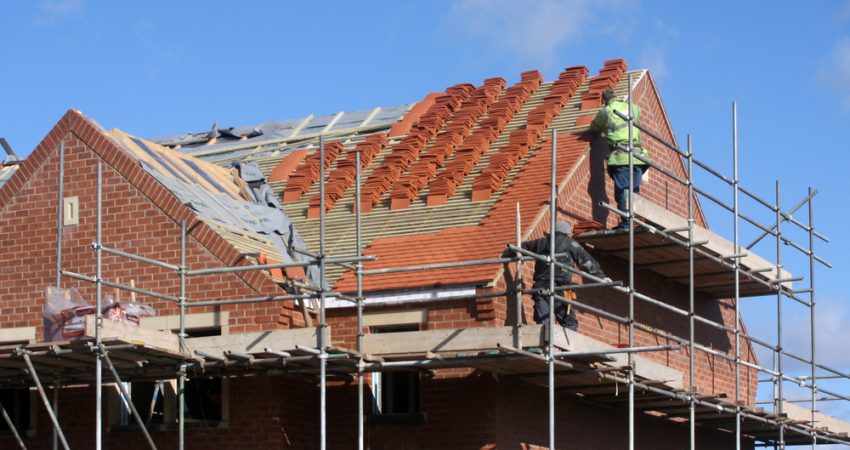UK construction activity shrank again last month, for the fourth consecutive month, according to industry purchasing managers.
The construction Purchasing Managers’ Index (PMI) for January 2024 registered 48.8, up from 46.8 in December and the highest reading since August 2023.
However, any score below 50 means a decline in activity. On the basis of this survey, therefore, activity is in decline, but not as rapidly as it was at the back end of 2023.
A bigger positive is that companies indicated a strong improvement in business activity expectations in January, with optimism reaching its highest level for two years. This was despite an ongoing decline in current output levels and a marginal fall in incoming new work. Survey respondents often cited hopes of a turnaround in client demand due to looser financial conditions and more favourable underlying economic prospects.
Civil engineering was the best-performing segment in January (index at 49.8), with output levels close to stabilisation. Commercial activity also showed only a marginal rate of decline at 49.1. But house-building continued to fall sharply, scoring 44.2, although rate of contraction for residential activity nonetheless eased to its least marked since March 2023.
January data indicated a reduction in total new work for the sixth consecutive month but the pace of decline was only marginal and the weakest seen over this period. Companies reporting a fall in new business generally cited delayed decision-making among clients and subdued market conditions, especially in the house building segment.
Despite subdued order books, latest data signalled a sharp upturn in expectations. Around 51% of the survey panel forecast a rise in business activity during the year ahead, while only 12% predict a decline – the highest level of business optimism since January 2022.
Lower borrowing costs and higher consumer confidence were cited as factors likely to boost construction activity over the course of 2024.
January data also indicated a renewed increase in purchasing prices across the construction sector, following three months of falling costs. The latest survey signalled a solid rise in input costs that was the fastest since May 2023. Some firms commented on higher prices paid for imported items, especially those that had incurred additional shipping costs.
Tim Moore, economics director at S&P Global Market Intelligence, which compiles the survey, said: “UK construction companies seem increasingly optimistic that the worst could be behind them soon as recession risks fade and interest rate cuts appear close on the horizon. The prospect of looser financial conditions and an improving economic backdrop meant that business activity expectations strengthened to the highest for two years in January. Moreover, there were again signs that customer demand is close to turning a corner as total new orders fell to the smallest extent for six months.
“Relatively subdued pipelines of new work nonetheless resulted in lower levels of construction output for a fifth successive month in January. House building remained by far the weakest-performing category, despite the rate of decline easing to its slowest since March 2023.
“Meanwhile, higher prices paid for imported items contributed to a rise in overall cost burdens for the first time since last September. However, there were still signs of space capacity across the construction supply chain as vendor delivery times shortened again at the start of 2024 and sub-contractor availability increased at a robust pace.”
Brian Smith, head of cost management at Aecom, said :“Construction output has continued to struggle throughout the winter, with five months of contraction. Wet weather can be partially attributed to some of the recent fall in activity, but the greater concern is the high inflation and tight credit conditions that continue to hamper housebuilding and are beginning to be felt in commercial development.
“These latest figures will hopefully provide greater ambition when it comes to the sector’s long-term approach to resourcing, which represents a growing risk.”
Beard Fraser finance director Johns said: “As the outlook for the economy continues to improve, businesses across the sector seem to be finding some much-needed confidence. This is not shared by all clients just yet though, with a dip in new orders – albeit only marginally. Housebuilding continues to be the biggest example of this, with demand continuing to fall amid elevated interest rates – a similar story among some clients in the commercial sector.
“There’s no question many businesses are buoyed by growing sentiment that the Bank of England will cut the base rate later this year – perhaps even multiple cuts. This will certainly help to reduce the pressure on borrowing that is hampering the ability of many clients to commit to projects. The recent uptick in inflation shows that we are not out of the woods yet, however with volatility easing there are certainly more positive than negative indicators – we do however need to encourage and nurture that same level of confidence among our clients.”





